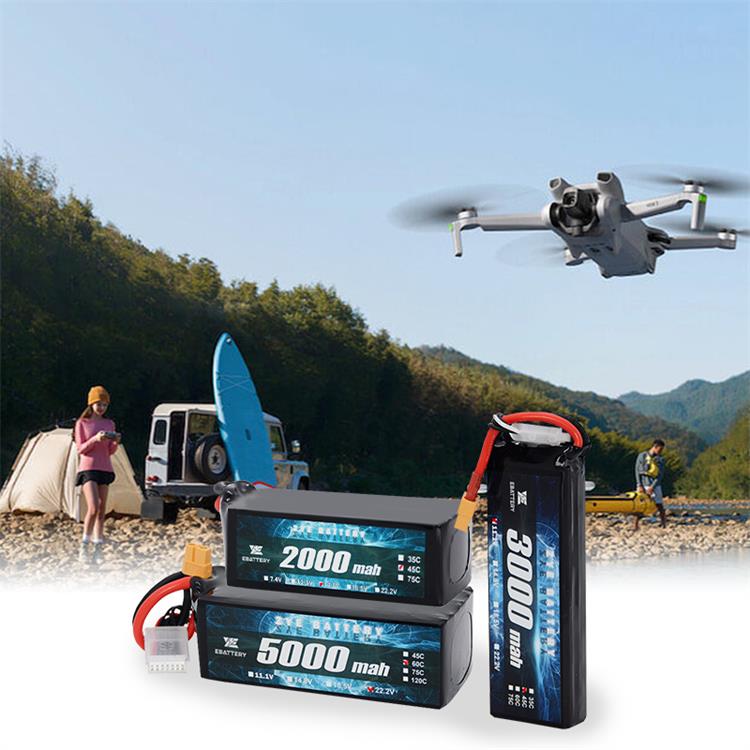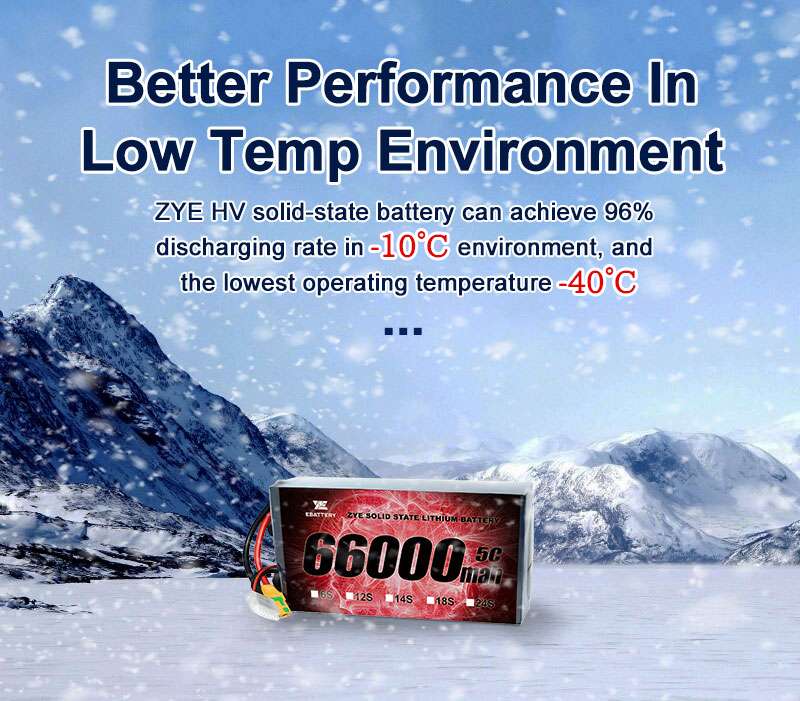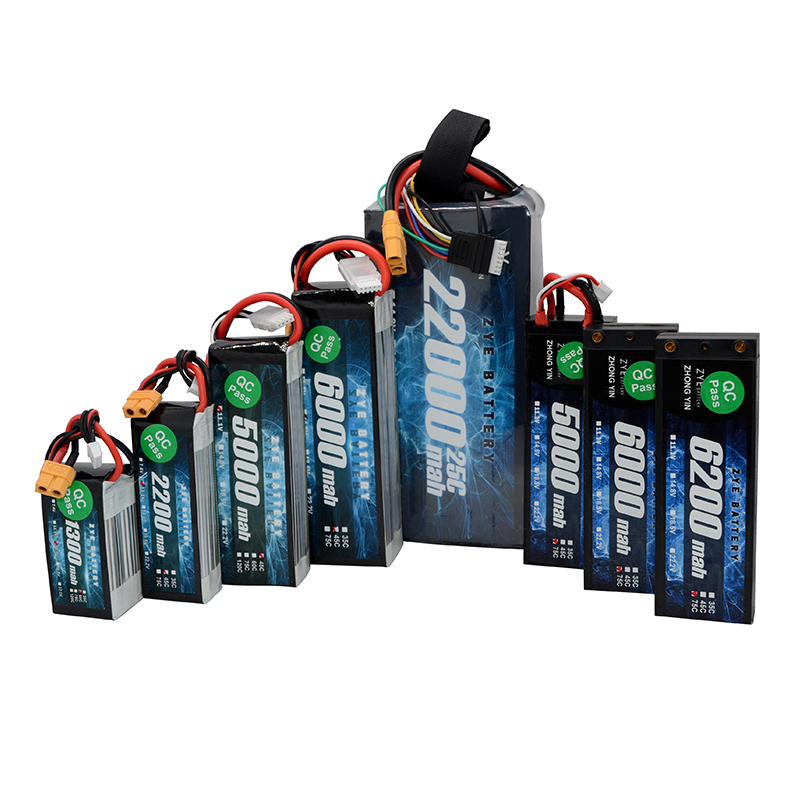How to protect the battery on a drone?
A drone’s battery is more than just a power source—it’s the lifeline of your aerial adventures.
Protecting your drone lipo-battery requires a mix of smart charging habits, careful storage, and regular maintenance. Here’s a comprehensive guide to help you keep your battery in peak condition for longer.

Best Practices for Extending Drone Battery Life
To maximize the longevity and performance of your racing drone's battery, consider implementing these proven strategies:
1. Proper Charging Techniques
Charging your drone battery correctly is paramount. Use a balance charger specifically designed for LiPo batteries, and never exceed the recommended charging rate.
2. Avoid Extreme Temperatures
LiPo batteries are highly sensitive to temperature fluctuations, which can affect their performance and lifespan. Always store and charge your battery in environments where the temperature is stable and within a safe range. For optimal performance and longevity, aim for a temperature range between 15°C and 25°C (59°F to 77°F).
3. Implement a Pre-Flight Checklist
Before every flight, take a moment to thoroughly inspect your battery for any signs of wear or damage. Check for swelling, punctures, or unusual odors that could indicate internal damage. Additionally, ensure that all connections are secure and that the battery is correctly mounted in your drone.
4. Monitor Voltage During Flight
To protect your drone lipo-battery. from over-discharging, it's essential to monitor the voltage throughout the flight. Install a voltage alarm or utilize your drone's telemetry system to keep track of the battery’s voltage in real-time. It is recommended to set an alarm to notify you when the voltage reaches 3.5V per cell, ensuring you have enough power left for a safe return. Over-discharging can damage the battery and reduce its overall lifespan, so maintaining careful oversight of the voltage is crucial.
5. Practice Proper Landing Techniques
Hard landings can be harmful not only to your drone’s frame but also to the battery. Rough or abrupt landings can result in internal damage to the battery or cause it to disconnect from the drone mid-flight, leading to potential accidents.
Practicing smooth and controlled landings will help protect the battery from unnecessary stress and reduce the risk of damage. Mastering gentle landings also ensures the safety of other components and enhances the overall lifespan of your equipment.
6.Balance Charging for Multi-Cell Batteries
Many modern chargers offer a “balance charge” mode, which ensures each cell is charged to the same voltage. Use this mode regularly—at least every 3–5 charges—to keep the cells balanced, extending the battery’s life and ensuring consistent power output.

Inspect and Maintain Regularly
Routine inspections can catch early signs of battery damage before they worsen. Before each flight, check the lipo-battery for:
Swelling or bulging: A swollen battery is unsafe to use and should be replaced immediately. Swelling occurs when the battery’s internal cells are damaged, often due to overcharging, overheating, or physical impact.
Leaks or corrosion: Any sign of fluid leakage or rust on the battery contacts means the battery is compromised and should be discarded.
Damaged cables or connectors: Frayed wires or bent pins can cause poor connections, leading to inefficient charging or power loss during flights.
Clean the battery contacts gently with a dry cloth to remove dirt or debris, which can interfere with charging.
For more information or to discuss your specific battery needs, please don't hesitate to contact us at coco@zyepower.com. Our team of experts is ready to help you find the perfect battery solution for your requirements.
























































